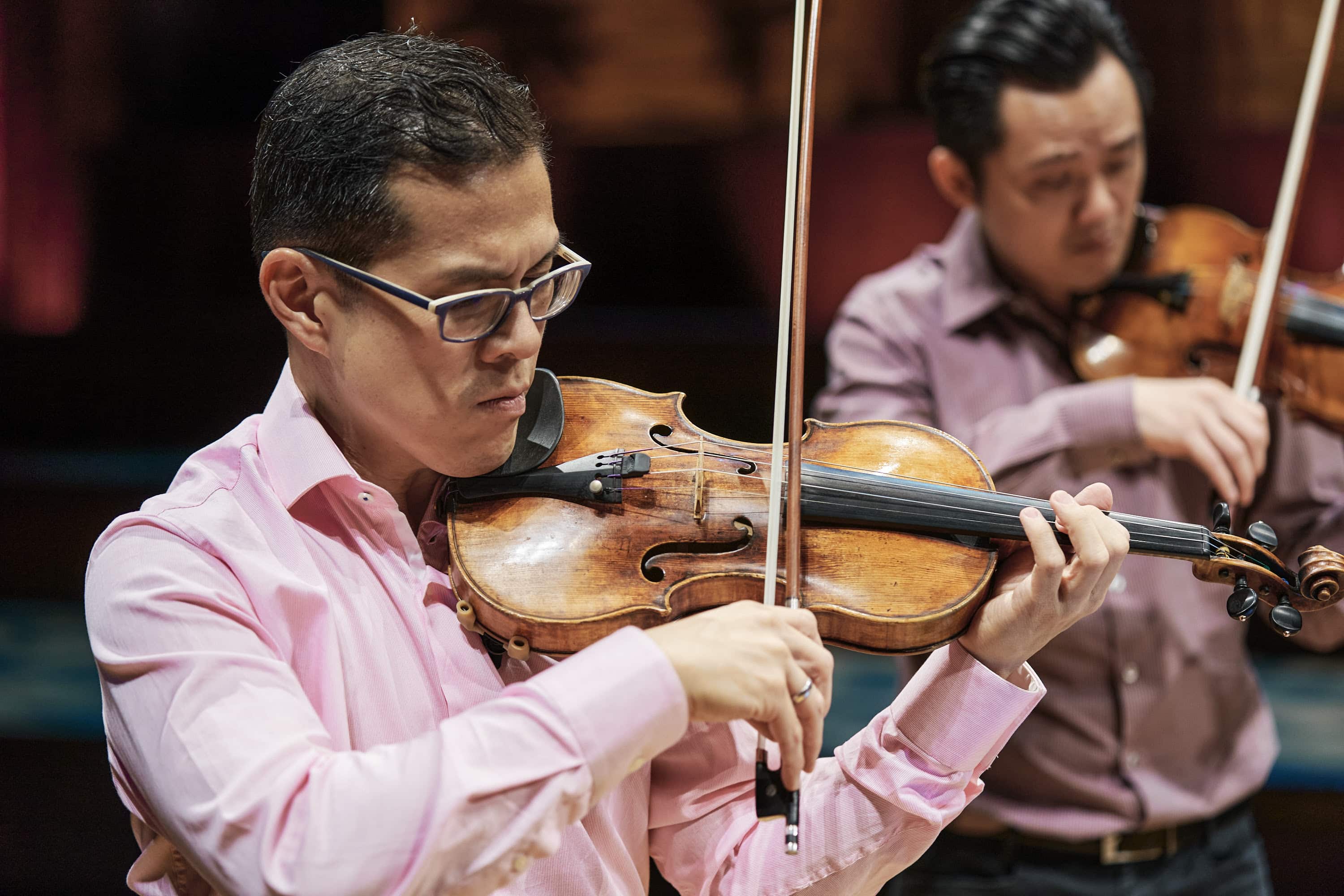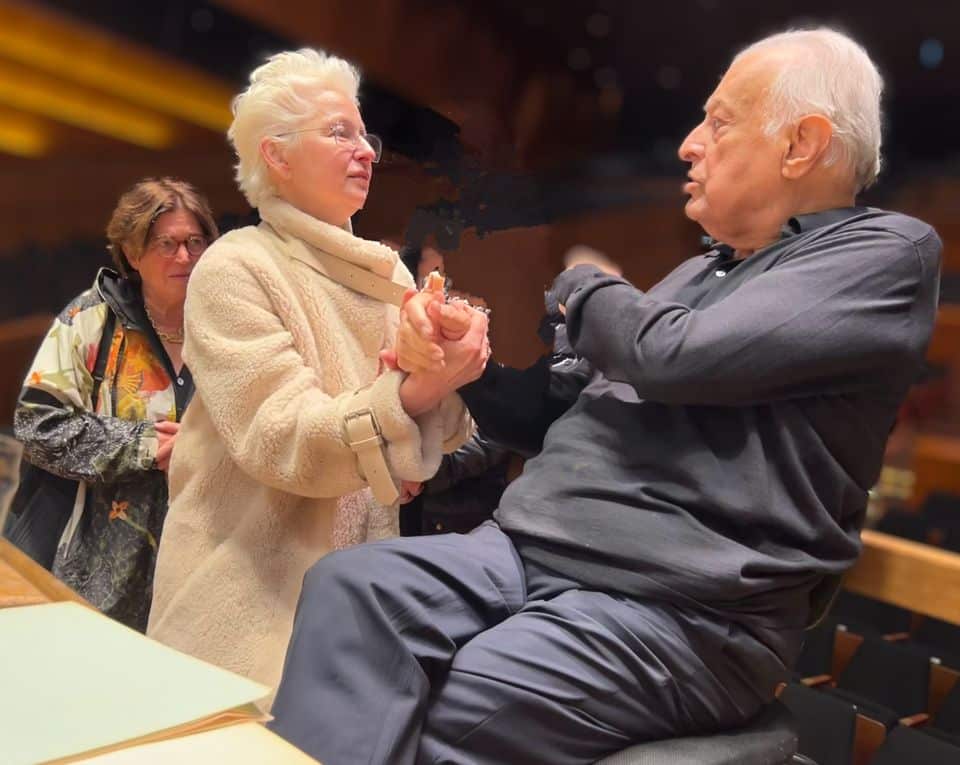How can orchestras replace lost sales?
mainEarlier this week we reported that British orchestras are playing more concerts than ever and earning less at the box-office.
In the US, Doug McLennan reports that orchestras’ earned income – ticket sales and seasonal subscriptions – has dropped from 60 percent of total revenue in 1990 to 40 percent in 2014 (and certainly lower since then).
The League (of American Orchestras) reports that “across League member orchestras, 40% of total income in 2014 was classified as earned income, 43% as contributed income, and 17% as investment income.”
So how are orchestras to make up that loss? Doug has a few ideas. Here’s one – change the audience:

A report this month issued by the Association of Art Museum Directors says that American museums depend on ticket sales for only 6 percent of their budgets. That’s a fraction of the earned income that American orchestras achieve. And yet the debate in the museum world isn’t about museums as a failing model but whether or not they should just abandon paid admissions altogether (as they did in the UK).
Charging no admission would change the way people used museums, it might change the types of people who use museums, and it would certainly make museums more accessible to a broader range of people. Certainly there are museums that are in financial distress. But discussions of the museum “model” seem substantively different that those about the orchestra model. They’re more about what kind of audiences you want to serve rather than how many tickets you need to sell.
You thoughts?
Read more here.





Comments